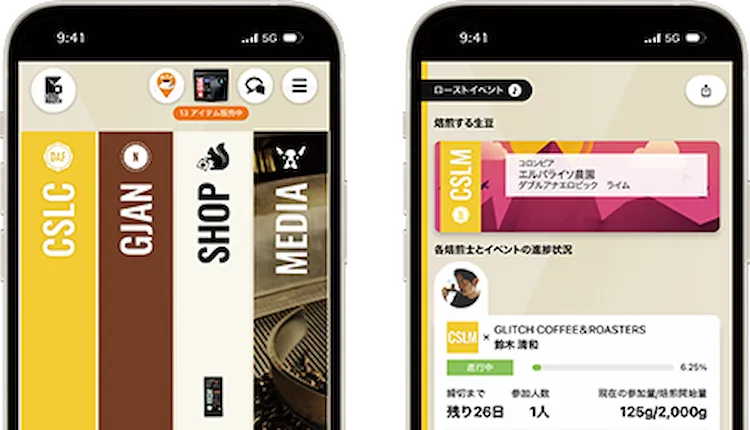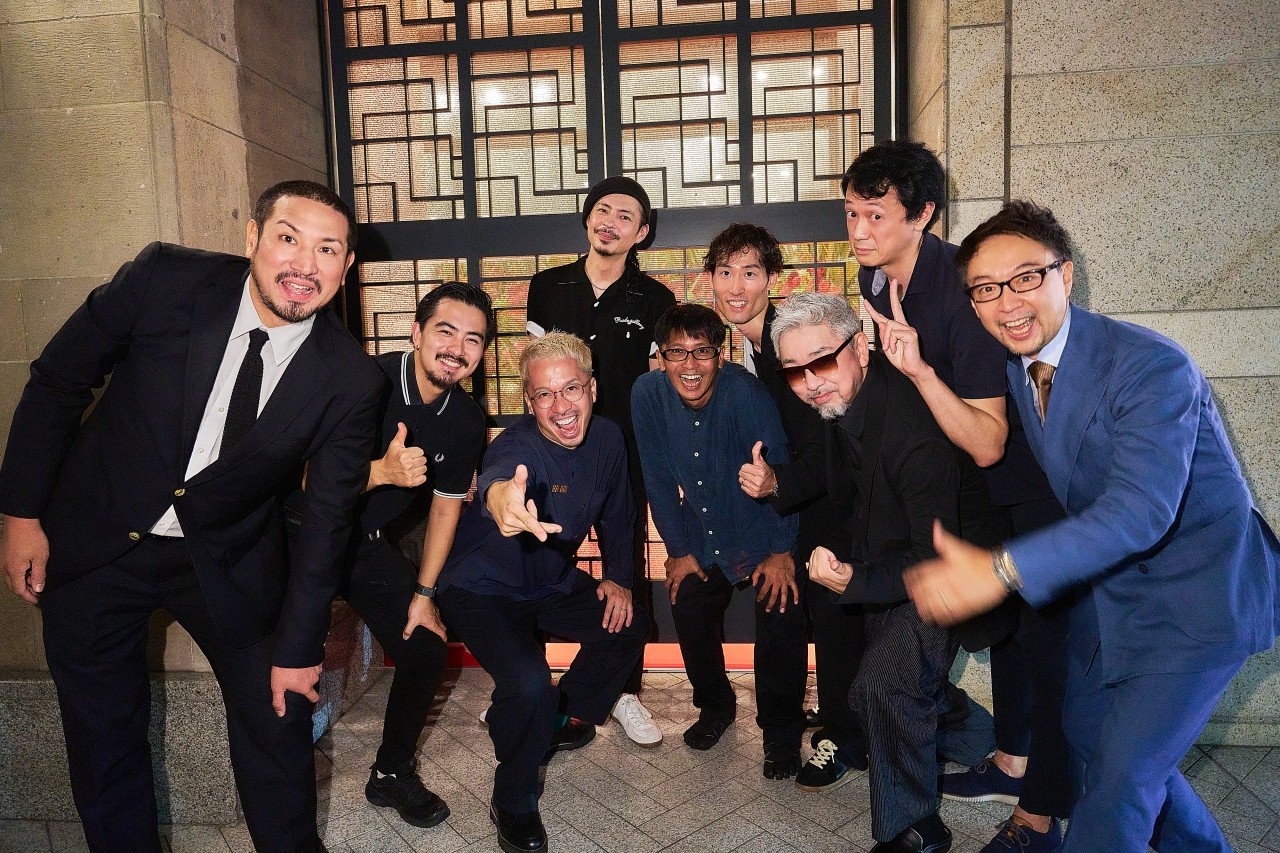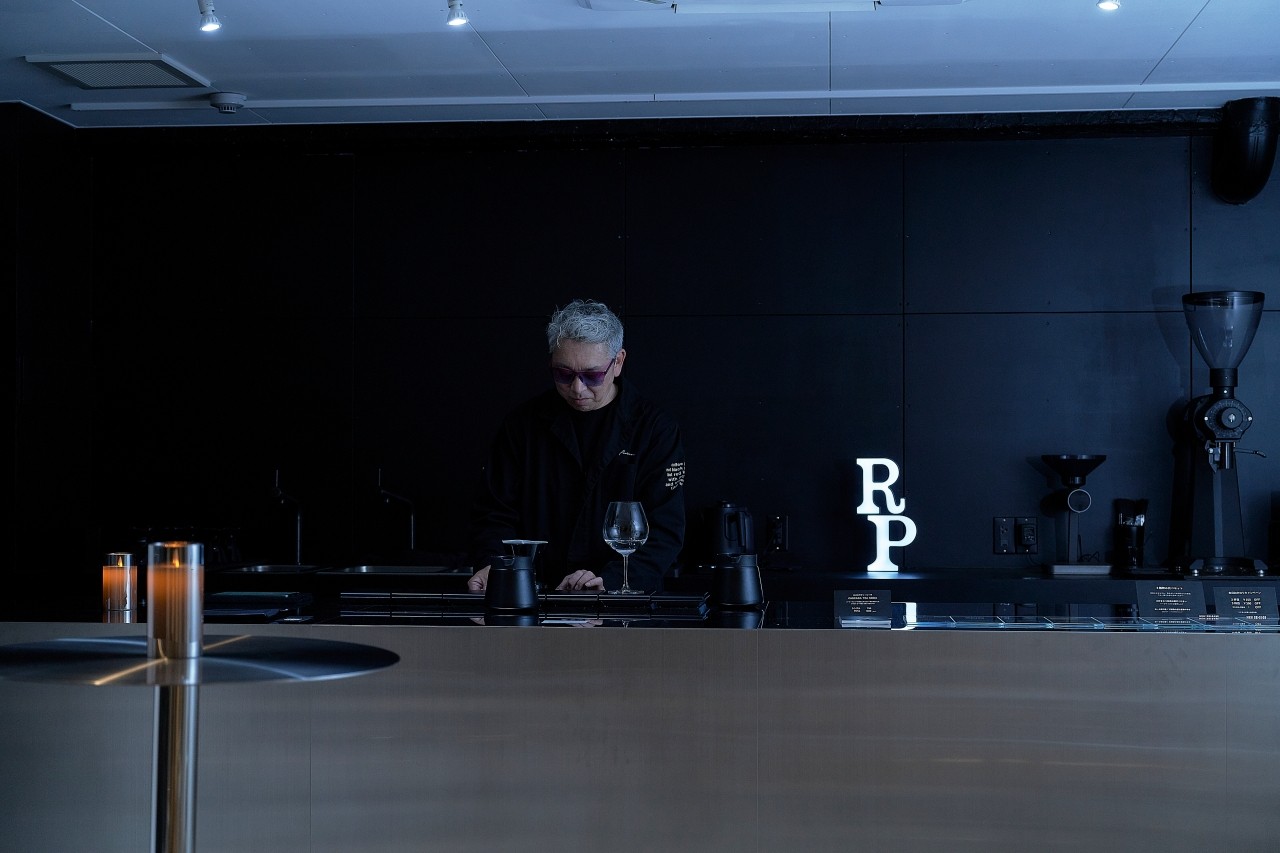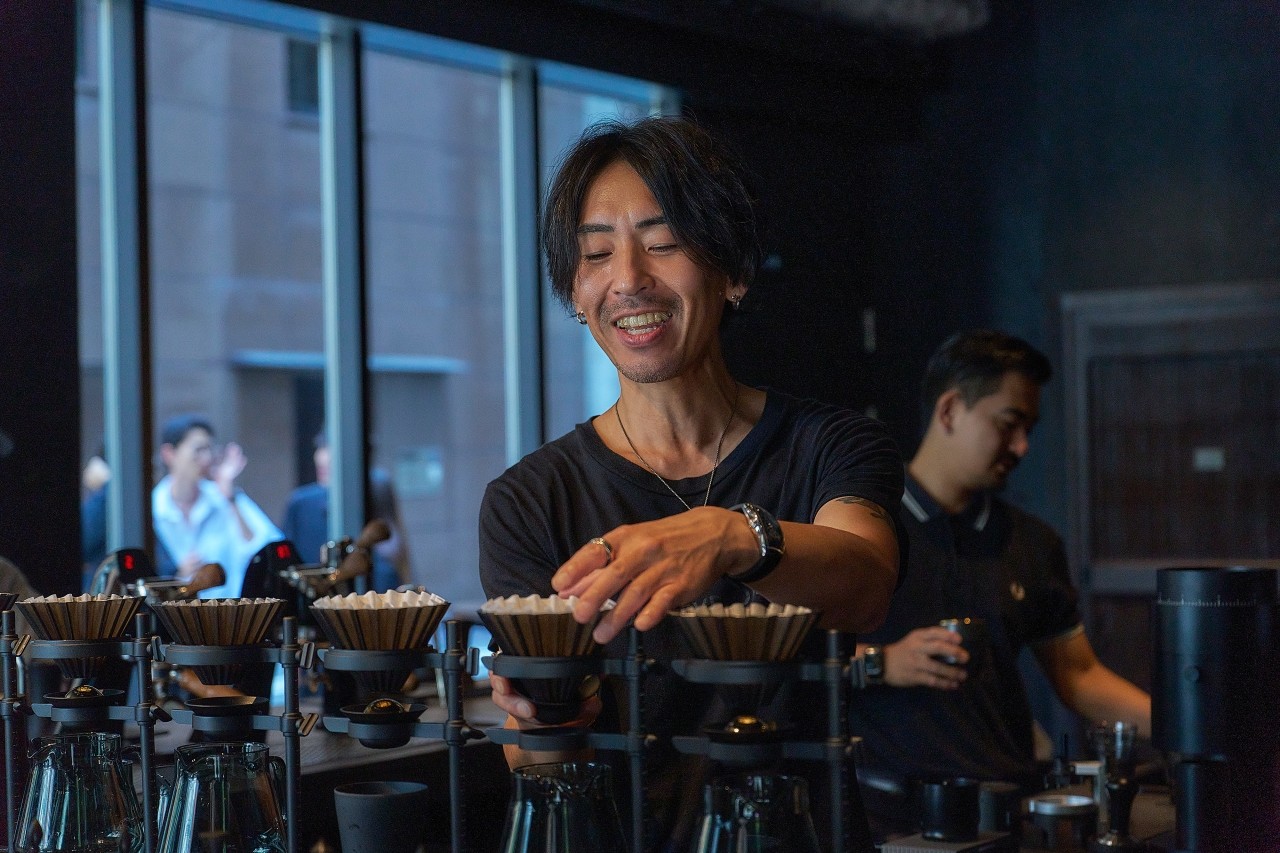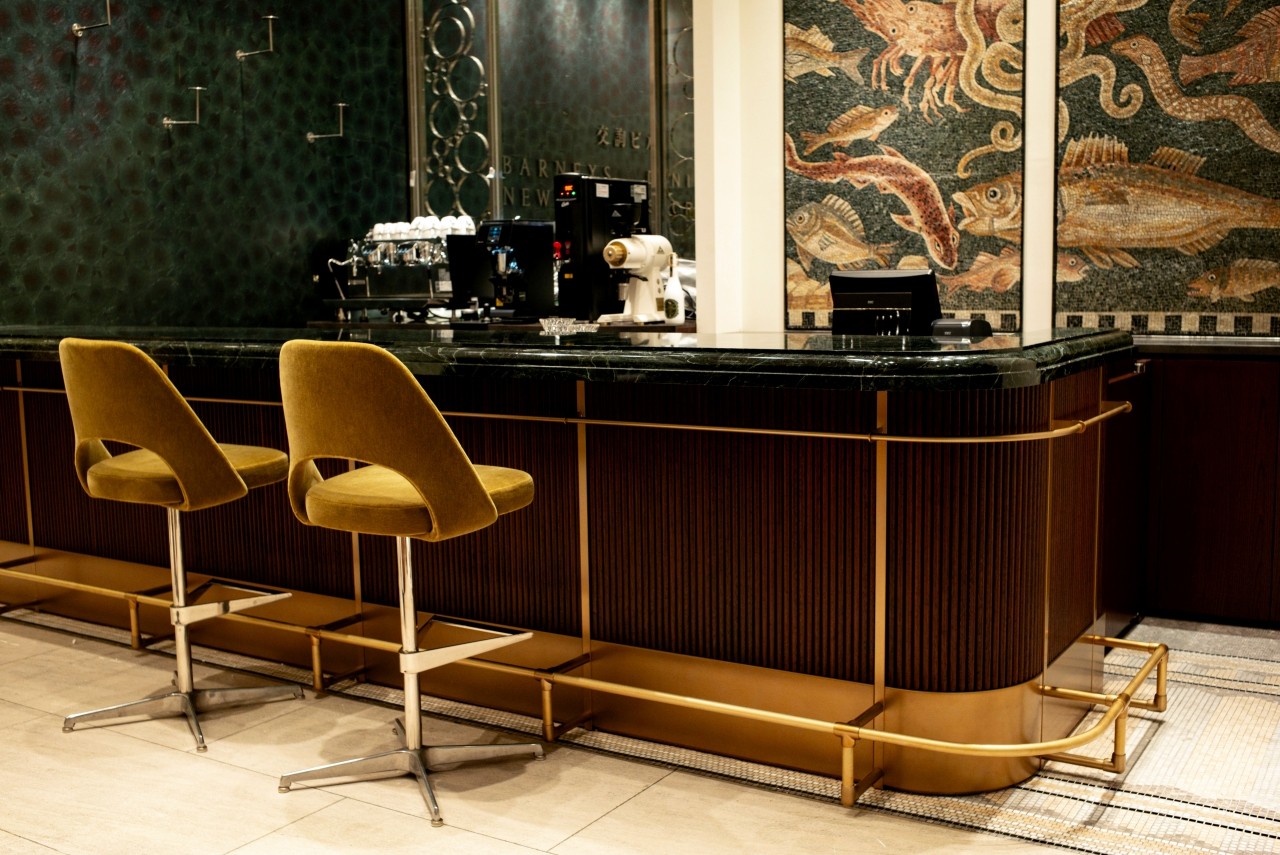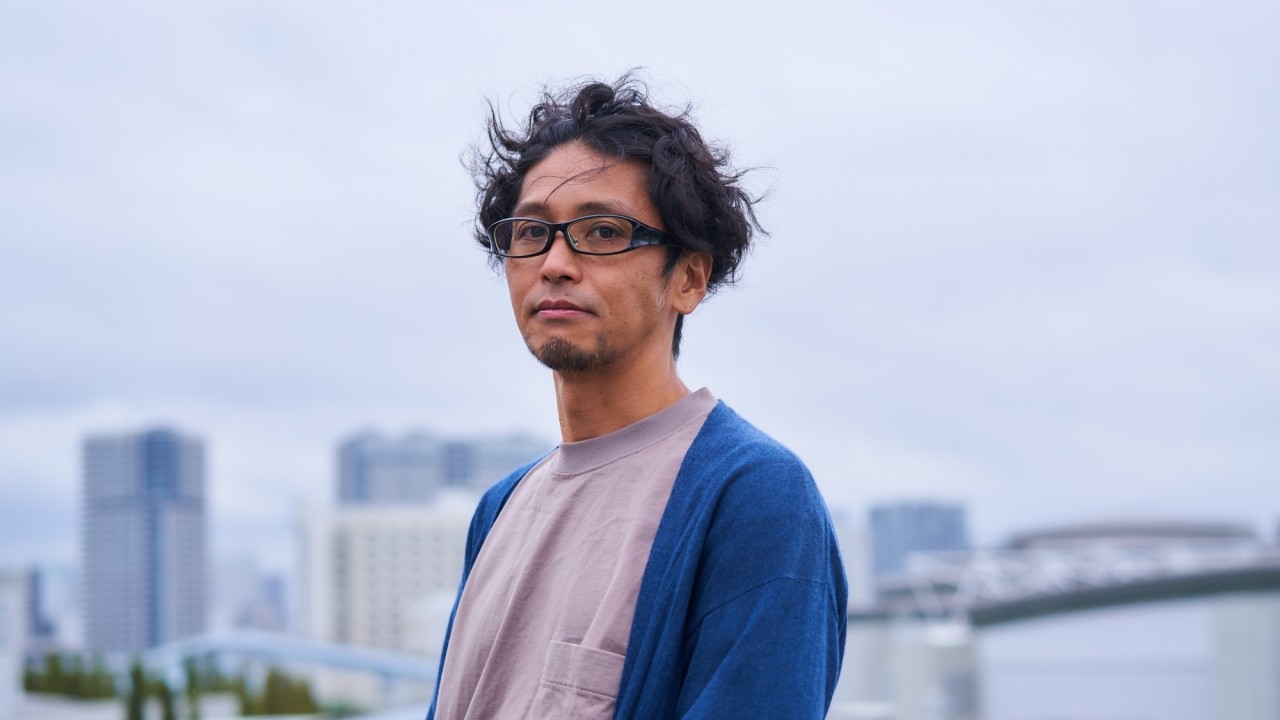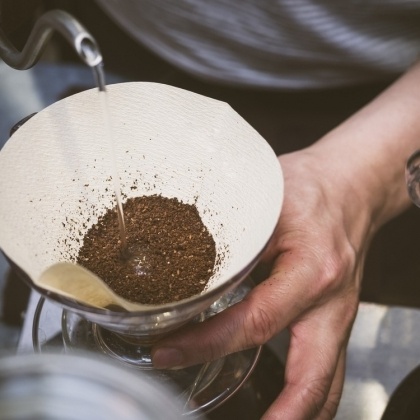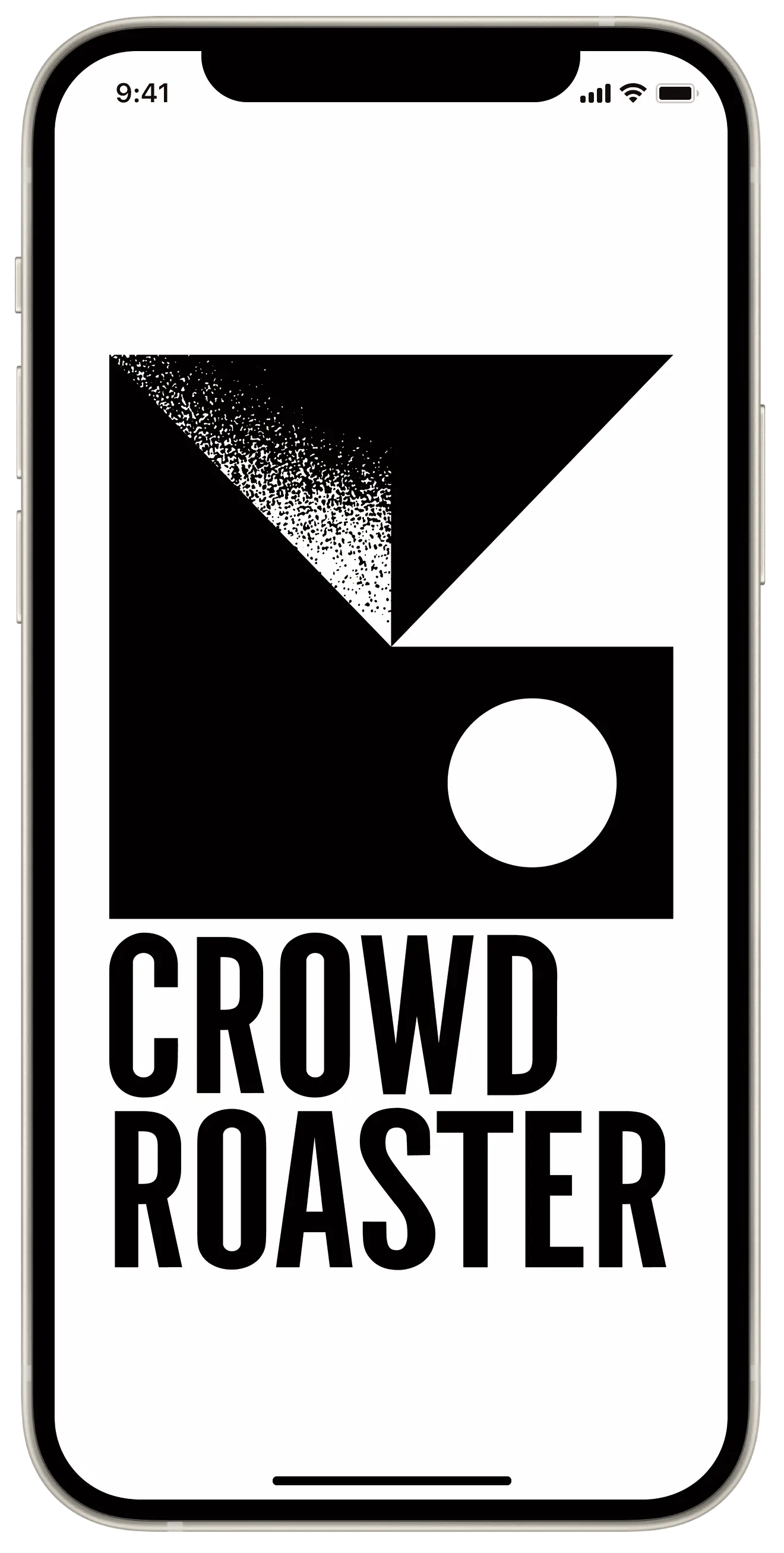What kind of coffee trend is the third wave?

The wave of coffee trends that began in the late 1990s in the United States is known as the Third Wave.
The previous coffee trends were called the 1st and 2nd, and this one was considered the 3rd.
The term third wave is said to have been coined by Trish Rothgibb in 2002.
The previous coffee trends were called the 1st and 2nd, and this one was considered the 3rd.
The term third wave is said to have been coined by Trish Rothgibb in 2002.
Its characteristics and relationship with “specialty coffee”
Third Wave sees coffee as something that should express the characteristics of the origin and variety of the coffee beans, roasts them in accordance with these characteristics, and takes a style of brewing and serving one cup at a time.
In other words, the image of third-wave coffee is a coffee shop that lightly roasts single-origin coffee and offers not only espresso but also filter brewing options such as hand drip and siphon.
Consumers can choose coffee beans from specific regions or single farms based on their flavor preferences.
In other words, the image of third-wave coffee is a coffee shop that lightly roasts single-origin coffee and offers not only espresso but also filter brewing options such as hand drip and siphon.
Consumers can choose coffee beans from specific regions or single farms based on their flavor preferences.
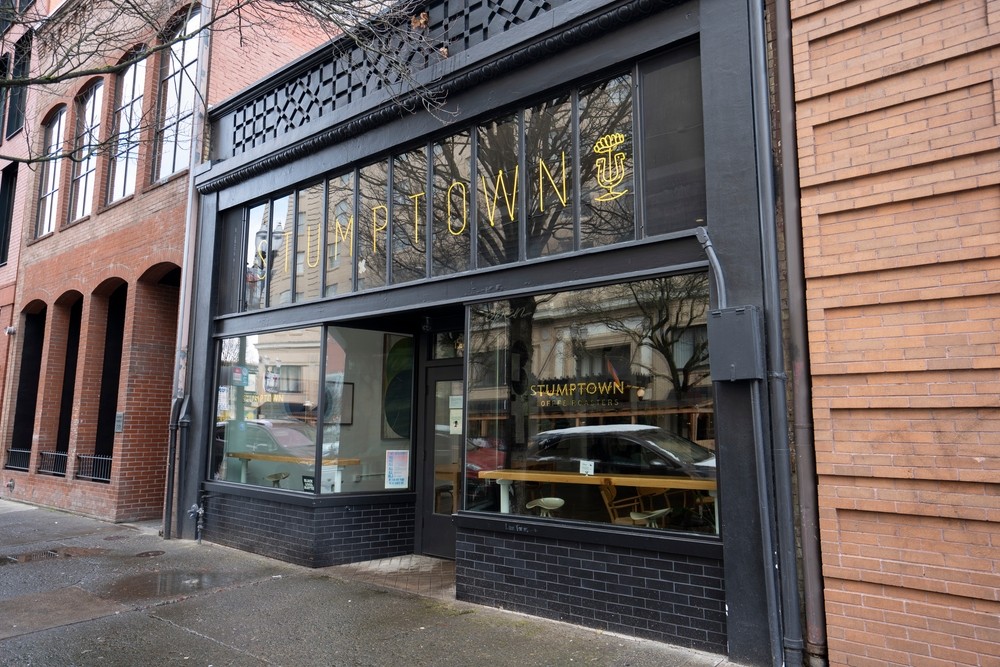
Stumptown Coffee Roasters in Portland, USA. One of the coffee shops representing the third wave
This form has a lot in common with specialty coffee, and in fact, it can be said that it was made possible by the creation of that concept.
Specialty coffee was first proposed in the United States in the 1970s, and this idea that coffee has unique flavor characteristics that vary depending on the environment in which it is grown was one of the catalysts for the birth of third-wave coffee.
Whether or not a coffee is a specialty coffee is judged based on the cupping score (e.g. 80 points or higher on the SCAA method), and the coffee handled by Third Wave Coffee is of high quality that exceeds this standard.
Nowadays, more and more shops are selling coffee from micro-lots, which are smaller lots within a single farm, or from smaller lots than ever before, rather than single-origin coffee.
This form has a lot in common with specialty coffee, and in fact, it can be said that it was made possible by the creation of that concept.
Specialty coffee was first proposed in the United States in the 1970s, and this idea that coffee has unique flavor characteristics that vary depending on the environment in which it is grown was one of the catalysts for the birth of third-wave coffee.
Whether or not a coffee is a specialty coffee is judged based on the cupping score (e.g. 80 points or higher on the SCAA method), and the coffee handled by Third Wave Coffee is of high quality that exceeds this standard.
Nowadays, more and more shops are selling coffee from micro-lots, which are smaller lots within a single farm, or from smaller lots than ever before, rather than single-origin coffee.
First and second era
The first wave is said to be the period from the late 19th century to the 1960s, but it basically refers to the period when coffee became popular among the masses in America.
Ground coffee and instant coffee sold at grocery stores and supermarkets, as well as refillable coffee served at diners, are what make up the first wave.
This was a time when people could drink coffee of the same quality on a daily basis, although there was little concern for the quality of coffee beans, much less the characteristics of their origin.
In response to this situation, California-based Peet's Coffee, founded in 1966, began a movement of consciously sourcing coffee from different regions with different flavors, roasting and blending by artisans.
They believed that dark roasting was the best way to bring out the individuality of coffee beans, and they offered espresso drinks with coffee that was much darker roasted than was previously common in the United States.
Ground coffee and instant coffee sold at grocery stores and supermarkets, as well as refillable coffee served at diners, are what make up the first wave.
This was a time when people could drink coffee of the same quality on a daily basis, although there was little concern for the quality of coffee beans, much less the characteristics of their origin.
In response to this situation, California-based Peet's Coffee, founded in 1966, began a movement of consciously sourcing coffee from different regions with different flavors, roasting and blending by artisans.
They believed that dark roasting was the best way to bring out the individuality of coffee beans, and they offered espresso drinks with coffee that was much darker roasted than was previously common in the United States.

The second wave brought espresso culture to America.
This was the beginning of the second wave, and Seattle-based coffee shops, including Starbucks, which shared this direction, began serving espresso with freshly roasted coffee of a higher quality than the general public, which led to the creation of espresso-based products such as lattes. The drink spread to America.
Nowadays, Starbucks doesn't have much of an image of selling high-quality coffee, but the movement leading to specialty coffee, which involved sourcing coffee beans by determining quality from the production area, began during this second wave period. .
Will there be a force wave?
Now, nearly 30 years have passed since the third wave trend began, so what will the next coffee trend be?
As mentioned above, the distribution of micro-lot coffee, which is a smaller lot, has become more popular, and it has become possible to enjoy the flavor characteristics of more finely divided coffee.
In addition, various methods are used in the selection process in production areas, such as controlling fermentation, adding yeast, and even adding flavor through infusion.
With the emergence of a variety of coffees, it is becoming difficult for consumers to know what kind of coffee to choose.
Under these circumstances, I think the next new trend will require not only an approach from the coffee industry side, but also more communication and two-way interaction from the consumer side.
CROWD ROASTER app was launched as a platform where you can organize various information, interact with professionals, and find your favorite coffee using the power of digital technology.
First, we have implemented a function that allows roasters and users to interact and place roast orders.
If you are interested, please download the app.
As mentioned above, the distribution of micro-lot coffee, which is a smaller lot, has become more popular, and it has become possible to enjoy the flavor characteristics of more finely divided coffee.
In addition, various methods are used in the selection process in production areas, such as controlling fermentation, adding yeast, and even adding flavor through infusion.
With the emergence of a variety of coffees, it is becoming difficult for consumers to know what kind of coffee to choose.
Under these circumstances, I think the next new trend will require not only an approach from the coffee industry side, but also more communication and two-way interaction from the consumer side.
CROWD ROASTER app was launched as a platform where you can organize various information, interact with professionals, and find your favorite coffee using the power of digital technology.
First, we have implemented a function that allows roasters and users to interact and place roast orders.
If you are interested, please download the app.
If you want to enjoy coffee more deeply
" CROWD ROASTER APP"
Manabu at CROWD ROASTER LOUNGE
・Push notifications for article updates・Full of original articles exclusive to CROWD ROASTER
・Direct links to detailed information about green beans and roasters
App-only features
- Choose green beans and roasters to create and participate in roasting events・CROWD ROASTER SHOP: Everything from beans to equipment is readily available
・GPS-linked coffee map function
